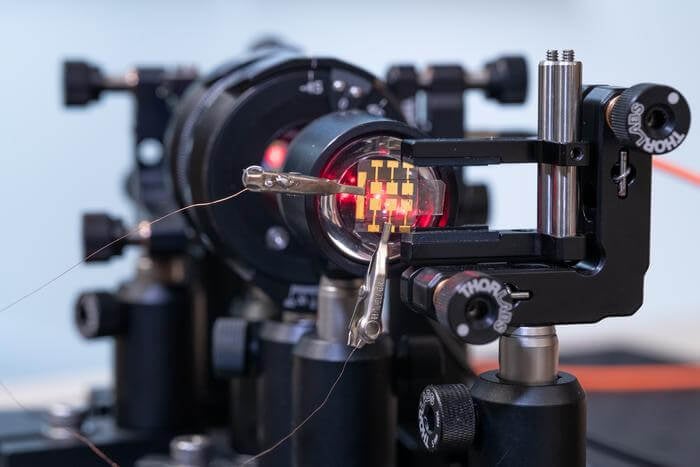Linköping University in Sweden has pioneered a new random number generator for encryption, which has the potential to make digital information exchange safer, more cost-effective, and environmentally friendly. The researchers behind this innovation believe it could pave the way for a new era of quantum communication, significantly enhancing cybersecurity and data confidentiality.
In an increasingly interconnected world, safeguarding digital information has become paramount, whether for individuals or to protect national infrastructure and financial systems. Encryption is the most common method employed for this purpose, ensuring that data remains confidential during activities such as sending emails, making online payments, or shopping on the internet.
One critical component in the encryption process is a random number generator, which can be implemented as a computer program or even hardware. The generator produces keys that are used both for encrypting data and decrypting it at the receiving end.
Various types of random number generators offer varying degrees of randomness, which directly correlates with the level of security they provide. When it comes to hardware-based generators, they are generally considered safer, as their randomness is determined by physical processes. Among these hardware-based options, the Quantum Random Number Generator (QRNG) is considered the most robust due to its reliance on quantum phenomena.
Guilherme B Xavier, a researcher at Linköping University’s Department of Electrical Engineering, explains the significance of QRNGs in cryptography, stating, “In cryptography, it’s not only important that the numbers are random, but that you’re the only one who knows about them. With QRNGs, we can certify that a large amount of the generated bits is private and thus completely secure. And if the laws of quantum physics are true, it should be impossible to eavesdrop without the recipient finding out.”
Xavier’s research group, in collaboration with scientists from the Department of Physics, Chemistry, and Biology (IFM), has developed a novel QRNG. This QRNG goes beyond encryption and holds promise for applications such as betting and computer simulations. What sets their QRNG apart is the use of light-emitting diodes crafted from the crystal-like material known as perovskite.
The Linköping researchers’ random number generator ranks among the best on the market and performs exceptionally well when compared to similar products. The key advantage of this innovation is that it has the potential to be more cost-effective and environmentally friendly, thanks to the unique properties of perovskite.
Feng Gao, a professor at IFM with over a decade of experience in perovskite research, sees the potential for transforming optical instruments using perovskite light-emitting diodes (PeLEDs). He notes that while traditional lasers can be used for QRNG, they tend to be costly. For this technology to be integrated into consumer electronics, keeping costs low and ensuring environmentally friendly production processes are crucial. Furthermore, PeLEDs consume less energy, making them a sustainable choice.
The next stage of development involves refining the perovskite material to eliminate lead and extend its operational lifespan, currently standing at 22 days. According to Guilherme B Xavier, their innovative QRNG could be ready for integration into cybersecurity systems within five years.
Xavier emphasizes the advantage of manufacturing electronic components for sensitive data in Sweden, stating, “It’s an advantage if electronic components that are to be used for sensitive data are manufactured in Sweden. If you buy a complete randomness generator kit from another country, you can’t be sure that it’s not being monitored.”
This research was funded by the Swedish Research Council, the Knut and Alice Wallenberg Foundation through the Wallenberg Centre for Quantum Technology, and the European Research Council.


